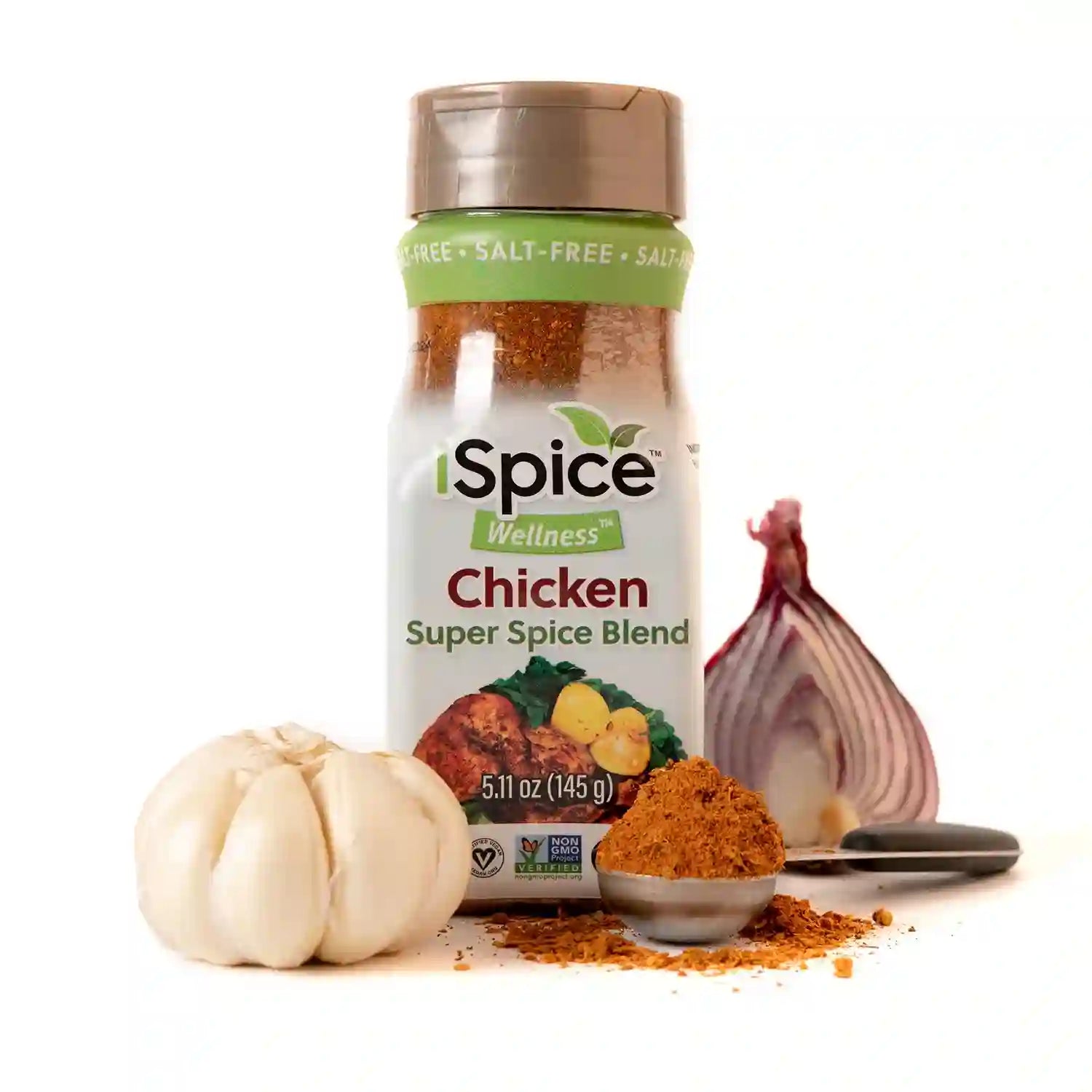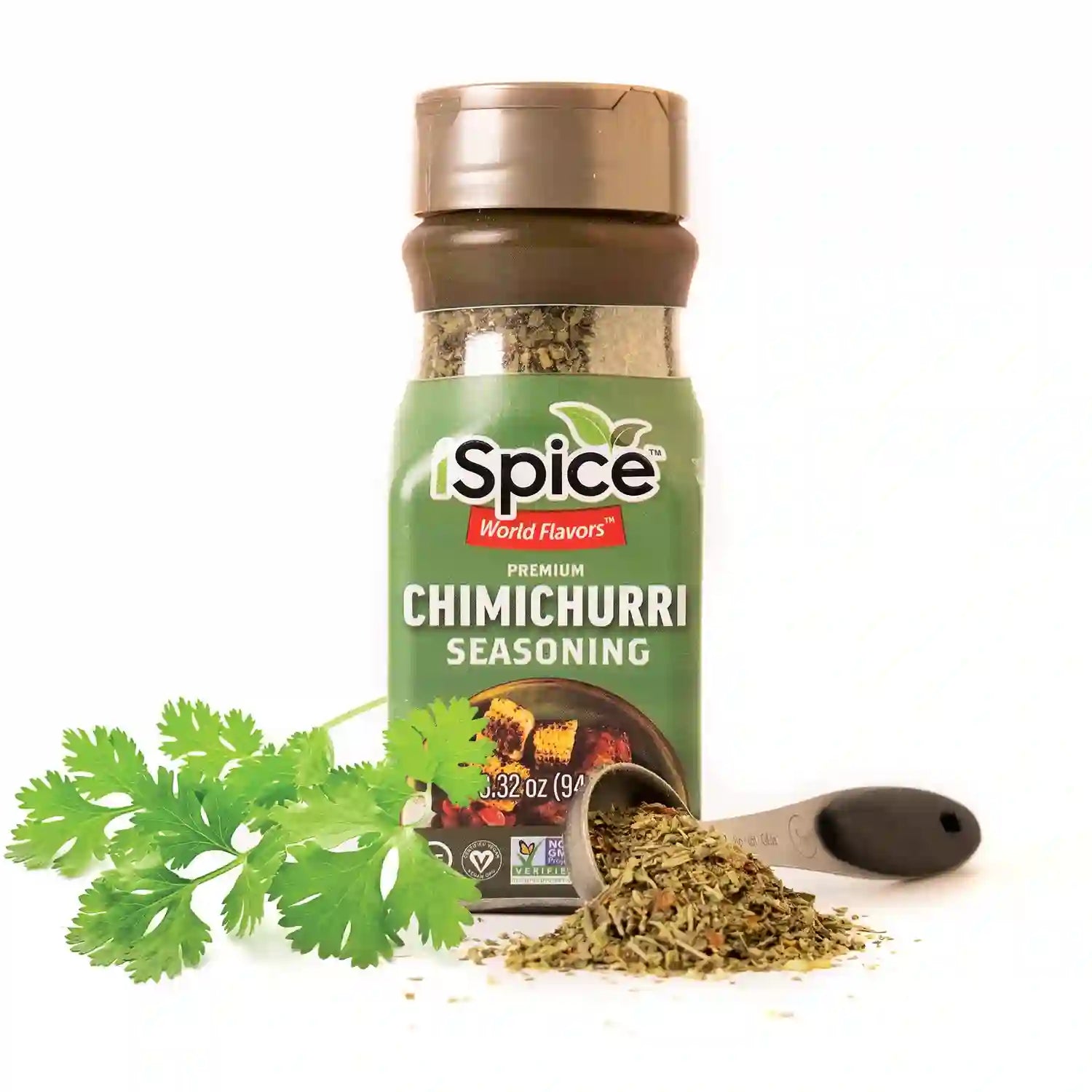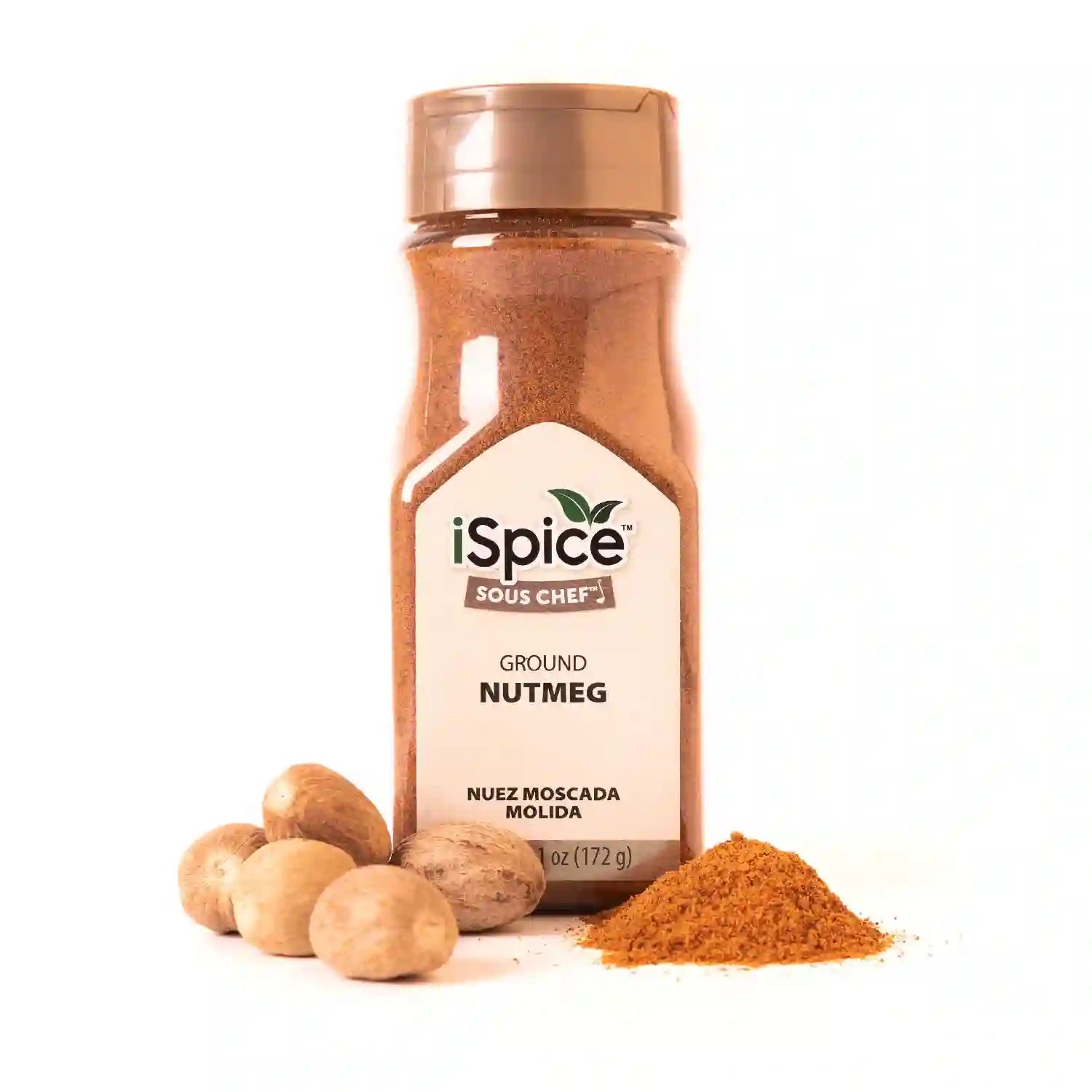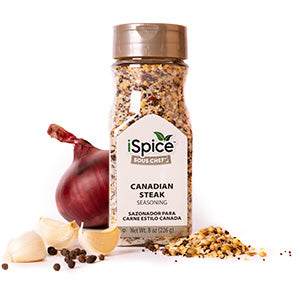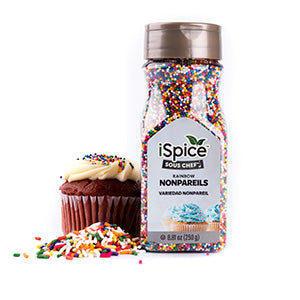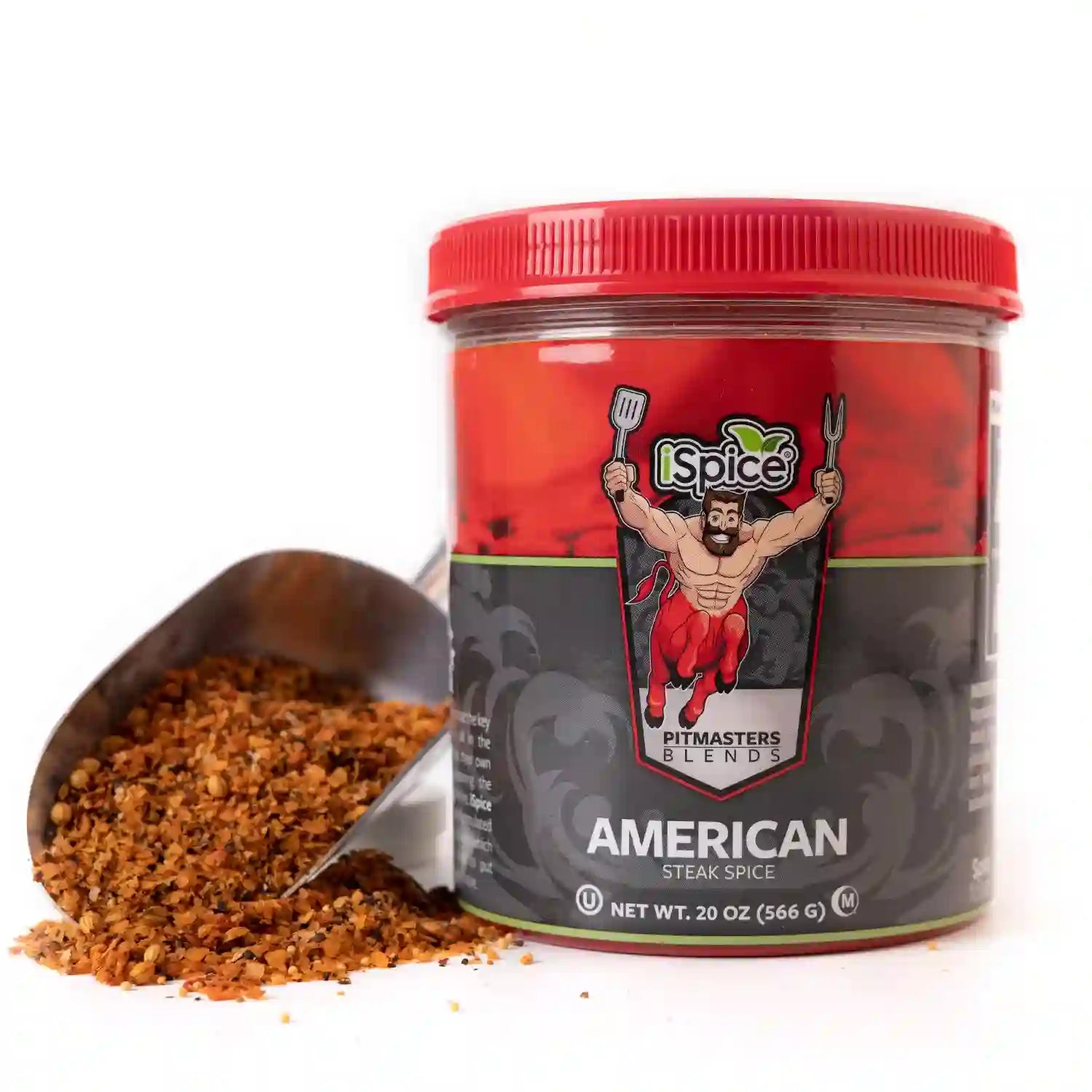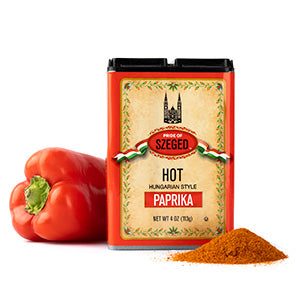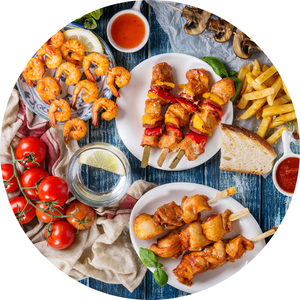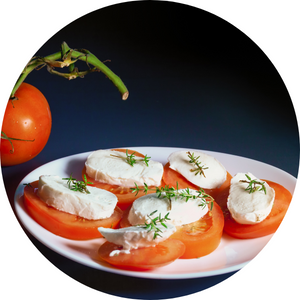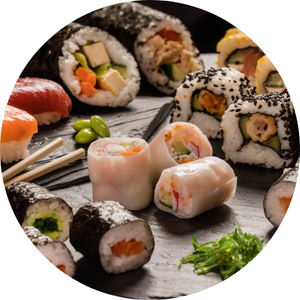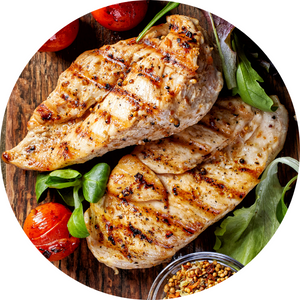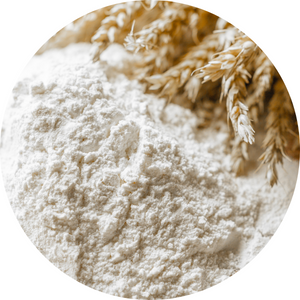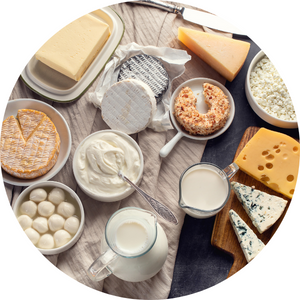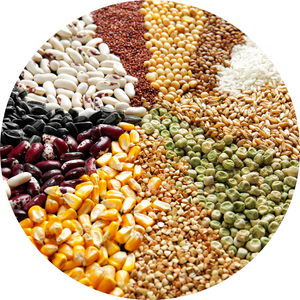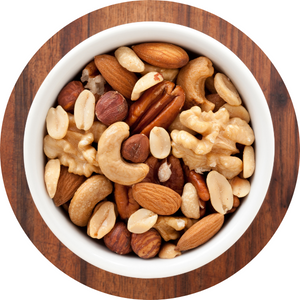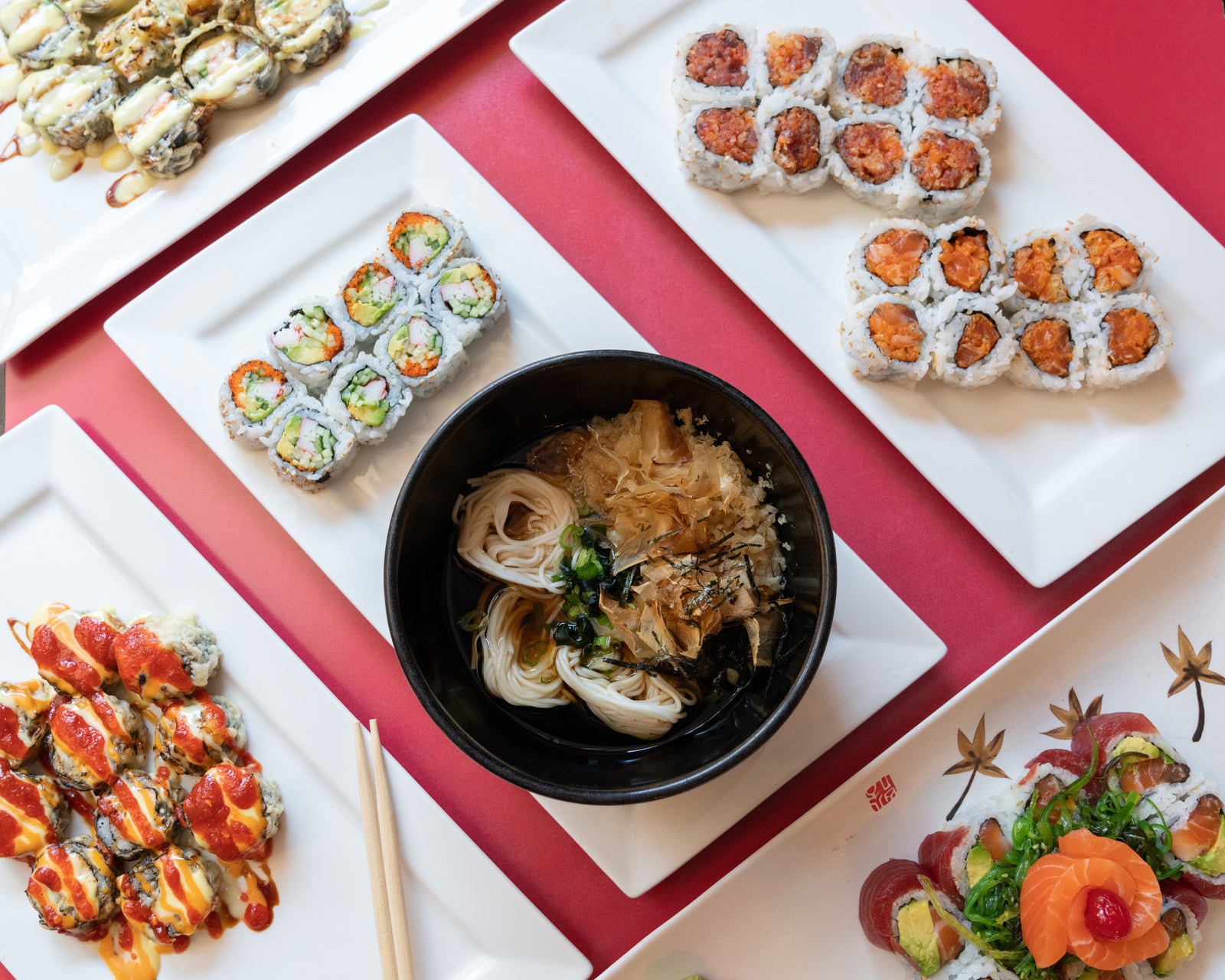
Herbs are essential for building flavor in home cooking, whether you’re stirring fresh basil into pasta or sprinkling dried thyme into soup. Both fresh and dried herbs bring unique qualities to recipes, and knowing how to use them correctly helps you season food with confidence.
In this guide, you’ll learn how fresh and dried herbs differ, when to choose each, and how to substitute them for perfect results.
Key Differences Between Fresh and Dried Herbs
Fresh and dried herbs offer unique strengths depending on the dish and cooking method.
| Category | Fresh Herbs | Dried Herbs |
|---|---|---|
| Flavor | Bright, delicate, aromatic | Concentrated, deeper, earthier |
| Best For | Finishing dishes, salads, marinades, sauces | Soups, stews, roasts, slow-cooked dishes |
| Shelf Life | Short (days to a week) | Long (months) |
| Usage Amount | Usually larger amount needed | Use less — flavor is stronger |
When to Use Fresh Herbs
Fresh herbs bring a clean, vibrant taste. They shine when used in:
-
Green salads and grain bowls
-
Fresh pasta and pesto
-
Marinades and chimichurri
-
Topping soups, stews, and roasted vegetables
-
Dressings and dips
-
Infused oils and cold sauces
Best fresh herbs: basil, parsley, cilantro, dill, mint, chives, tarragon
Tip: Add fresh herbs near the end of cooking to preserve aroma and color.
When to Use Dried Herbs
Dried herbs have concentrated flavor and work best when added early in cooking so they can release their oils and soften in heat.
-
Soups and broths
-
Slow-cooked meats
-
Sauces and chili
-
Baked dishes
-
Roasted vegetables
-
Seasoning blends and marinades
Best dried herbs: oregano, thyme, rosemary, sage, bay leaf, marjoram
Tip: Crush dried herbs between your fingers before adding to release flavor.
How to Substitute Fresh and Dried Herbs
Dried herbs are usually stronger, so you need less of them.
Standard conversion ratio:
1 tablespoon fresh herbs = 1 teaspoon dried herbs
Or simply:
3 parts fresh = 1 part dried
Example: If a recipe calls for 3 tbsp fresh basil, use 1 tbsp dried basil.
Note: Some herbs don’t convert equally. Basil and cilantro taste very different dried — use fresh whenever possible for these.
Pairing Herbs with Dishes
| Herb | Fresh Best Uses | Dried Best Uses |
|---|---|---|
| Basil | Pasta, salads, pesto | Tomato sauce |
| Oregano | Fresh sauces, Greek salads | Pizza, pasta sauce |
| Rosemary | Finishing roasted potatoes | Stews, roasted meats |
| Thyme | Garnish poultry or fish | Soups, casseroles |
| Parsley | Topping soups, salads | Light broths (optional) |
| Cilantro | Salsa, rice bowls | Limited — best fresh |
| Sage | Butter sauces | Stuffing, roasted chicken |
Storage Tips
Fresh herbs:
-
Keep stems in water like flowers (basil, parsley, cilantro)
-
Wrap tender herbs in paper towel and refrigerate
-
Freeze chopped herbs in olive oil trays for future use
Dried herbs:
-
Store in airtight jars away from heat and light
-
Replace every 6–12 months for best strength
Cooking Tips for Best Flavor
-
Add fresh herbs toward the end; dried herbs need time in heat
-
Toast dried herbs gently in oil for deeper flavor
-
Don’t overuse — balance herbs with acidity, salt, and fat
-
Mix fresh and dried herbs for layered taste in hearty dishes
-
Taste and adjust — herbs vary in strength by brand and freshness
Frequently Asked Questions
1. Can I always substitute dried herbs for fresh?
Yes, but some herbs like basil, parsley, and cilantro taste best fresh.
2. Do dried herbs lose flavor over time?
Yes — replace after 6–12 months for best results.
3. When should I add herbs to soup?
Dried herbs early, fresh herbs just before serving.
4. Are frozen herbs as good as fresh?
Frozen herbs hold flavor better than dried for certain uses, especially in sauces or cooked dishes.
5. Can I mix fresh and dried herbs in a recipe?
Absolutely — use dried for base flavor and fresh as a finishing touch.
Final Thoughts
Both fresh and dried herbs are essential tools for seasoning food. Fresh herbs deliver brightness and lift, while dried herbs bring warmth and depth. Learning when and how to use each gives you flexibility in the kitchen and helps you craft balanced, flavorful dishes every time.

